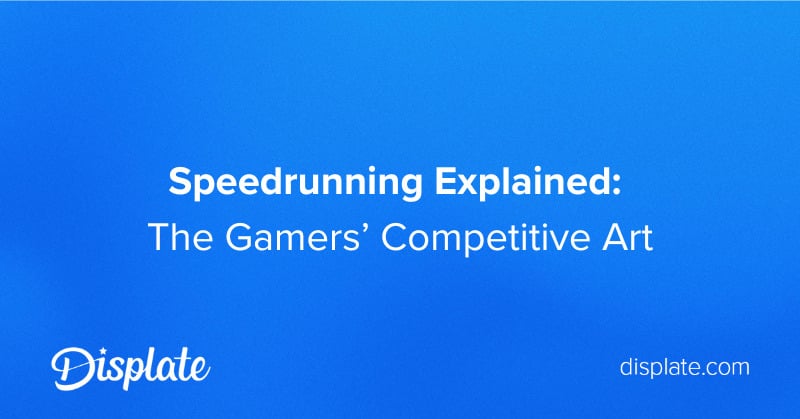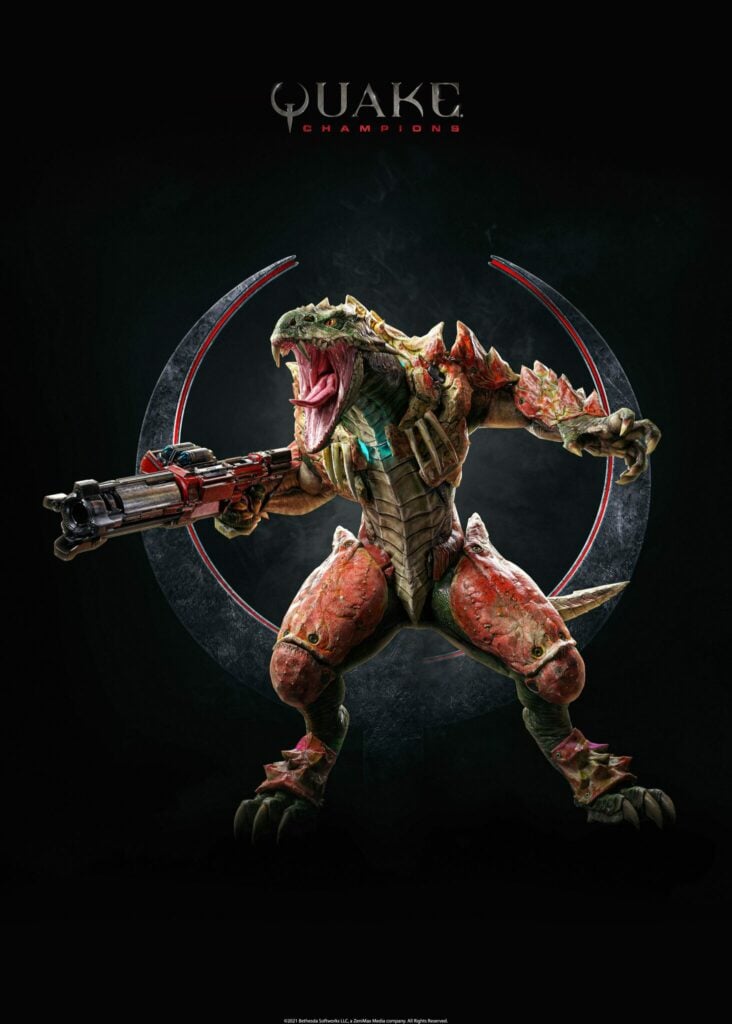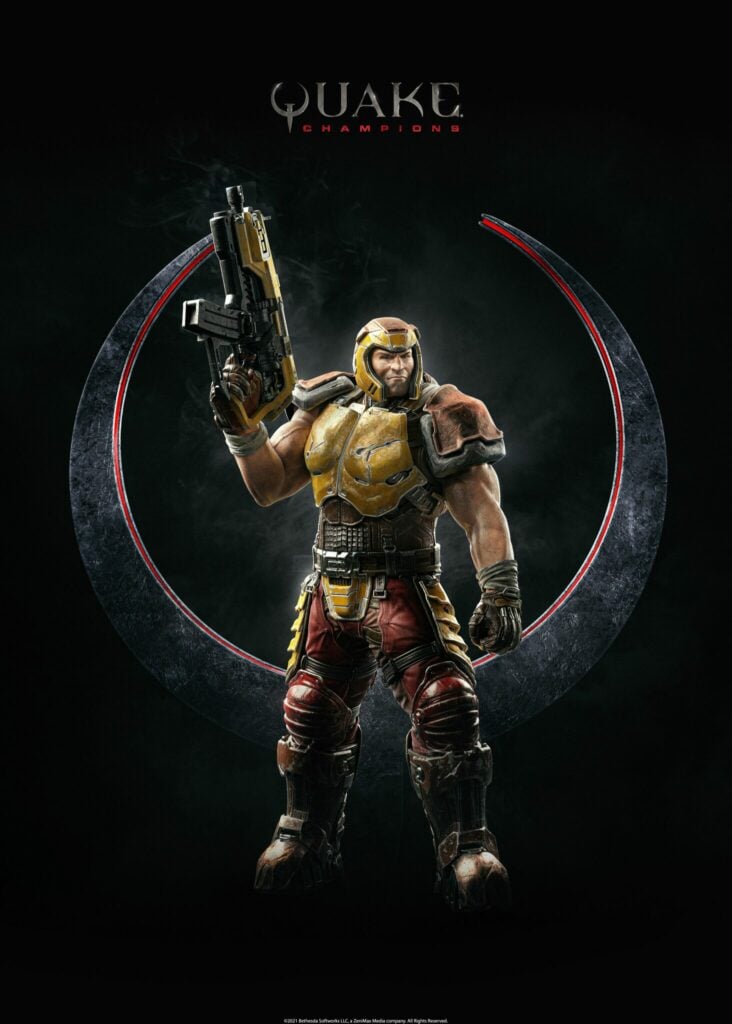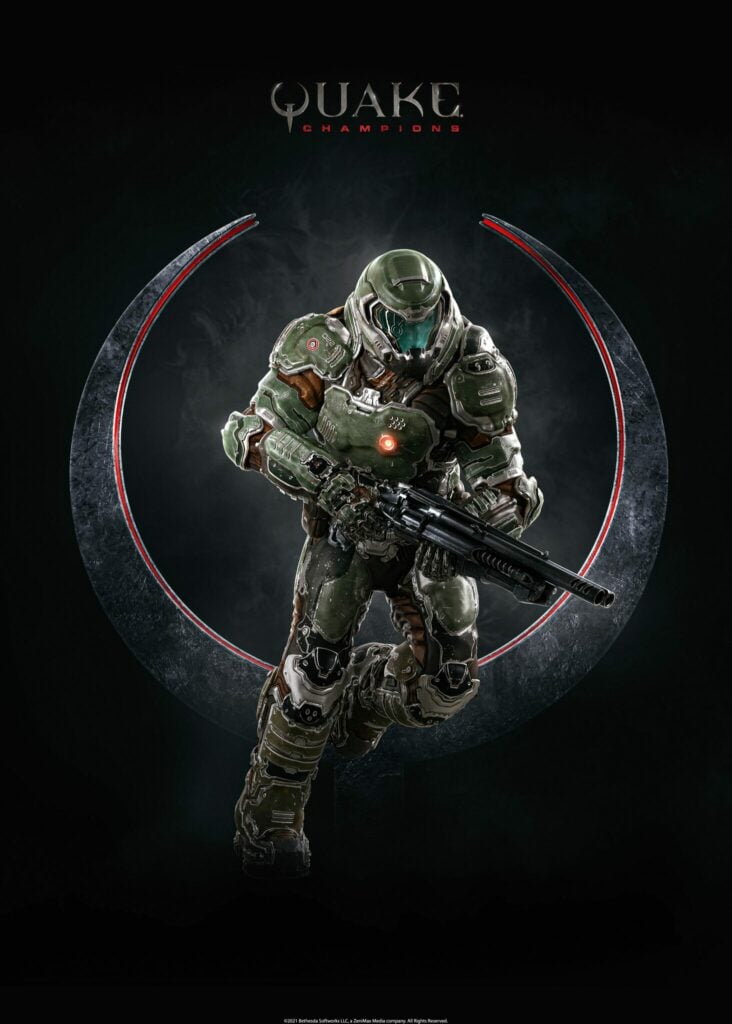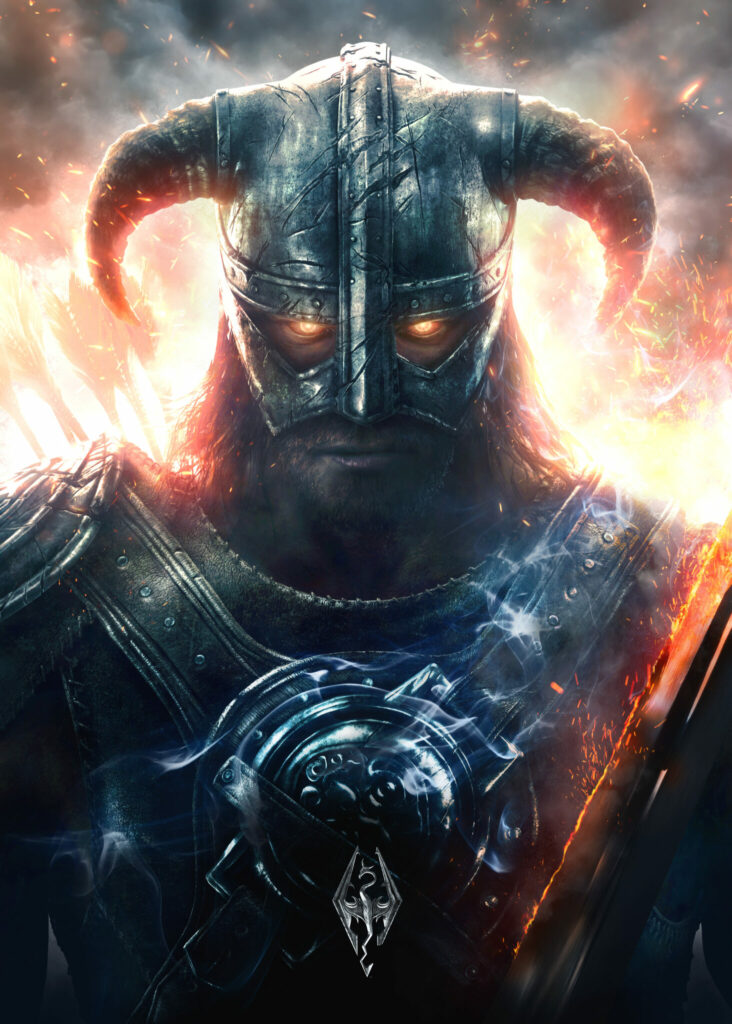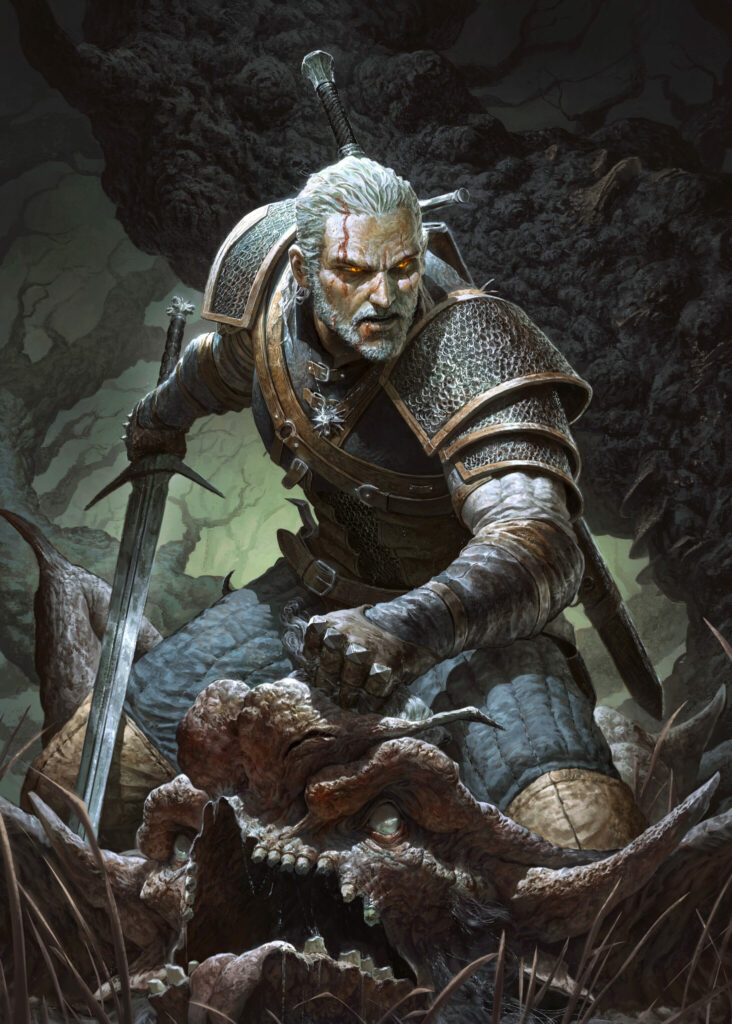If you’ve ever watched someone beat Super Mario 64 in less time than it takes to brew a cup of coffee, you’ve witnessed the magical, mind-bending phenomenon known as speedrunning.
On the surface, it’s exactly what it sounds like: playing a game as fast as possible. But beneath those pixel-perfect jumps and frame-precise menu tricks lies a passionate community, decades of innovation, and an artistry that turns gaming into something competitive, hypnotic, and sometimes unexpectedly emotional.
What Does Speedrunning Mean?
At its core, a speedrun is an attempt to finish a video game – or a specific part of it – as fast as humanly (and sometimes inhumanly) possible. Think of it like a race, but instead of a track, runners navigate digital worlds, glitch through walls, skip entire levels, and master complex mechanics until they can play the game with their eyes closed (and some actually do!).
But it’s not just about shaving seconds off a timer. Speedrunning has grown into an entire subculture within gaming: a mix of science, sport, and performance art, where dedication to a single title can span years, and personal bests (PBs) are celebrated like Olympic medals.
It’s all about mastery, creativity, and the endless pursuit of perfection – plus, of course, a generous helping of bragging rights.
A Brief History of Speedrunning
Before Twitch streams and YouTube marathons, speedrunning was already thriving in the shadows – though admittedly, it was a bit of a gremlin obsession back then.
In the late ‘90s and early 2000s, communities like Speed Demos Archive started collecting videos of players dominating classics like Doom and Quake. These early pioneers weren’t content to simply beat the game—they wanted to beat it faster and better than anyone else.
As broadband internet spread and screen-capture tools improved, sharing runs became far easier. YouTube uploads, livestreaming, and dedicated forums helped speedrunning snowball from an obscure hobby into a global obsession.
Today, massive charity events like Games Done Quick draw millions of viewers and raise millions of dollars for various causes—all while showcasing the wildest, most jaw-dropping (and eyebrow-raising) speedruns the internet has ever seen.
Why Is Speedrunning so Popular?
Asking a speedrunner why they do it is a bit like asking an Olympic swimmer why swimming is popular. On the surface, you’re just watching someone go really fast—but it’s so much deeper than that.
Sure, watching someone complete The Legend of Zelda: Ocarina of Time in under 10 minutes is entertaining. But the real appeal of speedrunning is the mix of skill, knowledge, and community. For those who grew up with these games, speedrunning is like seeing an old friend in an entirely new light. You know it should take days to finish—but expert speedrunners use precise glitches to shave seconds off a run, again and again.
And these glitches look easy when you’re watching—but they’re insanely difficult to pull off, especially consistently enough to complete a game like The Legend of Zelda: Breath of the Wild in under 23 minutes.
Speedruns often blend nostalgia with mind-blowing execution. Watching a run can feel like witnessing a magic trick live, where the magician openly explains every move—the magic is in the precision.
Crucially, speedrunning is also deeply social. Whether swapping tips on Discord, discovering new glitches together, or cheering each other on during marathon events, it’s about more than competition. It’s about pushing both the game and yourself further than anyone thought possible.
Types of Speedruns (There Are Many)
So you might think a speedrun is just “beat the game as fast as possible,” but there’s a glorious rabbit hole here. That’s because there are many different ways to “complete” a game.
Here’s a breakdown of the main types of speedruns:
- Any% runs – Beat the game using any means necessary, including exploits, glitches, and skips.
- 100% runs – Complete every objective or collect every item, often requiring punishing levels of precision over a much longer timeframe.
- Glitchless runs – Finish the game as fast as possible, but without using glitches or unintended mechanics.
- Low% runs – Beat the game with as little as possible, which is especially tough in games that reward progress with extra abilities.
- Tool-assisted speedruns (TAS) – Using emulators to explore what’s theoretically possible with perfect inputs.
- Challenge runs – The wild card category. New rules are thrown into how you interact with the game to make it even harder. Ever seen someone beat Dark Souls without taking a hit—or use bananas as a controller? That’s the kind of madness speedrunners thrive on.
What Is the Most Famous Speedrun?

Ask any speedrunning fan, and they’ll have a personal favorite. But if there’s a run that truly broke into the mainstream, it’s probably the Super Mario 64 0-star run. Using a series of mind-boggling glitches, runners discovered how to bypass the game’s usual requirements and reach Bowser’s final battle in just minutes.
Another iconic example is The Legend of Zelda: Ocarina of Time, a speedrunning staple thanks to its mix of complex glitches, deep lore, and massive nostalgic value. Then there’s Minecraft, where speedruns became so popular that world records were hotly contested—and sometimes controversial.
And we can’t forget Celeste, a modern indie game practically built for speedrunning. Its tight platforming, accessible controls, and assist options have made it a favorite among both casual players and hardcore runners alike.
Speedrunning Is for Everyone
The best part? You don’t have to be a gaming prodigy to try speedrunning. The communities are incredibly welcoming, and many games come with detailed guides to help newcomers get started. Whether you’re aiming to trim your personal best in Hollow Knight or experimenting with your first run of Portal, there’s a place for you.
Some runners focus on obscure titles or childhood favorites, while others treat speedrunning like a full-on sport, complete with training sessions, splits, and meticulous optimization.
At its core, speedrunning is about learning, growing, and connecting with others over a shared love of games – while also pushing boundaries you didn’t know existed. And while it might seem like a nuisance to developers—since speedrunners often exploit unintended game mechanics—it’s usually welcomed. These runs can even help developers identify and fix glitches in future projects.
Wall Art, Any% Completed
Our officially licensed metal posters let you transform your setup into a personal leaderboard — bold, detailed, and built to last longer than any world record. Whether you’re mastering DOOM, racing through Skyrim, glitch-hopping across Fallout, or diving back into The Witcher, there’s a design ready to match your passion and pace.
Easy to hang, swap, and show off — no tools, no frames, no wasted seconds.
What are you waiting for? Run it back, decorate faster.
Looking for more gaming content? Check out these picks from the Displate blog:
